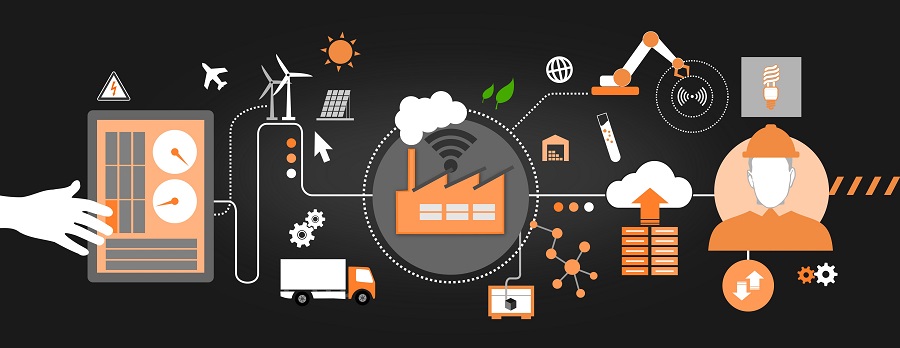Innovation has always been a separator between thriving and failing businesses. In uncertain times like the present, these innovations are arguably more important and impactful despite posing another layer of risk to an already precarious situation. The audacity to try something new as the world hunkers down is something that cannot be taken for granted. And if done right, the rewards can be great as well.
IF done right – that’s the key. The ability to discern which new direction to pursue is something that requires wisdom, experience, expertise, and frankly, a little luck. And some good old-fashioned Googling.
This article will discuss one such innovation – letting go of menial and trivial and tedious tasks with the help of automation and other similar tools. Here are two industries where this innovation shines its brightest.
Automation
Despite it being a buzzword in recent years, automation has been around for centuries now. The printing press is one of the first machines that took the endlessly tiring task of scribing away from people. In the process, it built a greater civilization by allowing the wiser men of the time to focus on more important work, and by giving more parts of the population access to knowledge they would have otherwise been separated from.
Though very simple by today’s standards, the impact of this one innovation changed everything. At its core, automation still possesses this potential to build better systems and processes. By allowing machines to do tiring and repetitive work, people are freed to pursue more meaningful endeavors. The accuracy and productivity benefits actually just precede the previous one in terms of potential.
In the information age, automation can come in two distinct forms: Robotics, which is most prominently used in manufacturing and factory work, and digital automation, for data processing and handling. Both these two arms of automation contribute significantly to attaining business goals for many organizations. They can work in tandem with other innovations like artificial intelligence, machine learning, big data, and more.
Here are some real-world examples of the applications of automation right now.
Agriculture
According to Engineering.com, Earth’s population is expected to increase to as high as 9.7 billion by 2050. This means worldwide food production will need to increase by 70 percent to meet the growing demand. They suggest that smart farming can be the key that bridges this production gap.
Among other tools, smart farming makes use of automation in two main fronts as well. The first one is the automation of production cycles. By using seasonal data, farms are able to easily identify which parts of the livestock and crop production cycles would be apt for the time. Automating this process makes farming more efficient, accurate, and consistent.
The other main use of automation is still a budding industry. There are many ventures into robotic farmhands and harvest drones that aims to also raise farming efficiency. It also addresses one of the biggest issues in agriculture today – labor shortage. With the help of automation, farms can run more efficiently and ultimately produce more food.
More comprehensive studies into hydroponics can lead to more efficient land use and a more environmentally friendly future for agriculture. Automation will also play a vital role in maintaining these kinds of undertakings.
Healthcare
Healthcare has been the center of attention in recent weeks because of the devastation caused by the coronavirus spread. Here, automation doesn’t only help with maximizing the industry’s potential, but perhaps more importantly, it’s adding another level of safety for both workers and stakeholders.
Telehealth is a remarkable example for this. The idea of treating patients who are not in the same place sounds like science fiction just a couple of decades ago. Now, it’s possible. Although there are still seams to be ironed out, the technology is very promising. Automation has made it possible for consultations and diagnoses to be done using a fraction of the time and resources it would have taken in the traditional way. Of course, nothing can beat actually meeting with a doctor, but this technology opens many doors, especially for people who live in rural areas and can’t readily see a medical professional.
Even simpler examples like practice management software or appointment reminders contribute significantly in the direction of healthcare development. These programs keep everything organized, promote safer interactions through limited contact, and empower patients to take charge of their own health. This ‘last mile’ issue is something that has been pondered on by field experts for a while. Now, with all these innovations, it can finally be addressed.
These are just two gigantic examples of the seemingly unlimited potential applications of automation. If you own or manage a business, even outside these two industries, there is so much room for you to explore this promising tool. Despite what the news is telling you, when the chips are down like this, it’s the perfect time to pull some tricks out of your sleeve and try innovating through automation.










